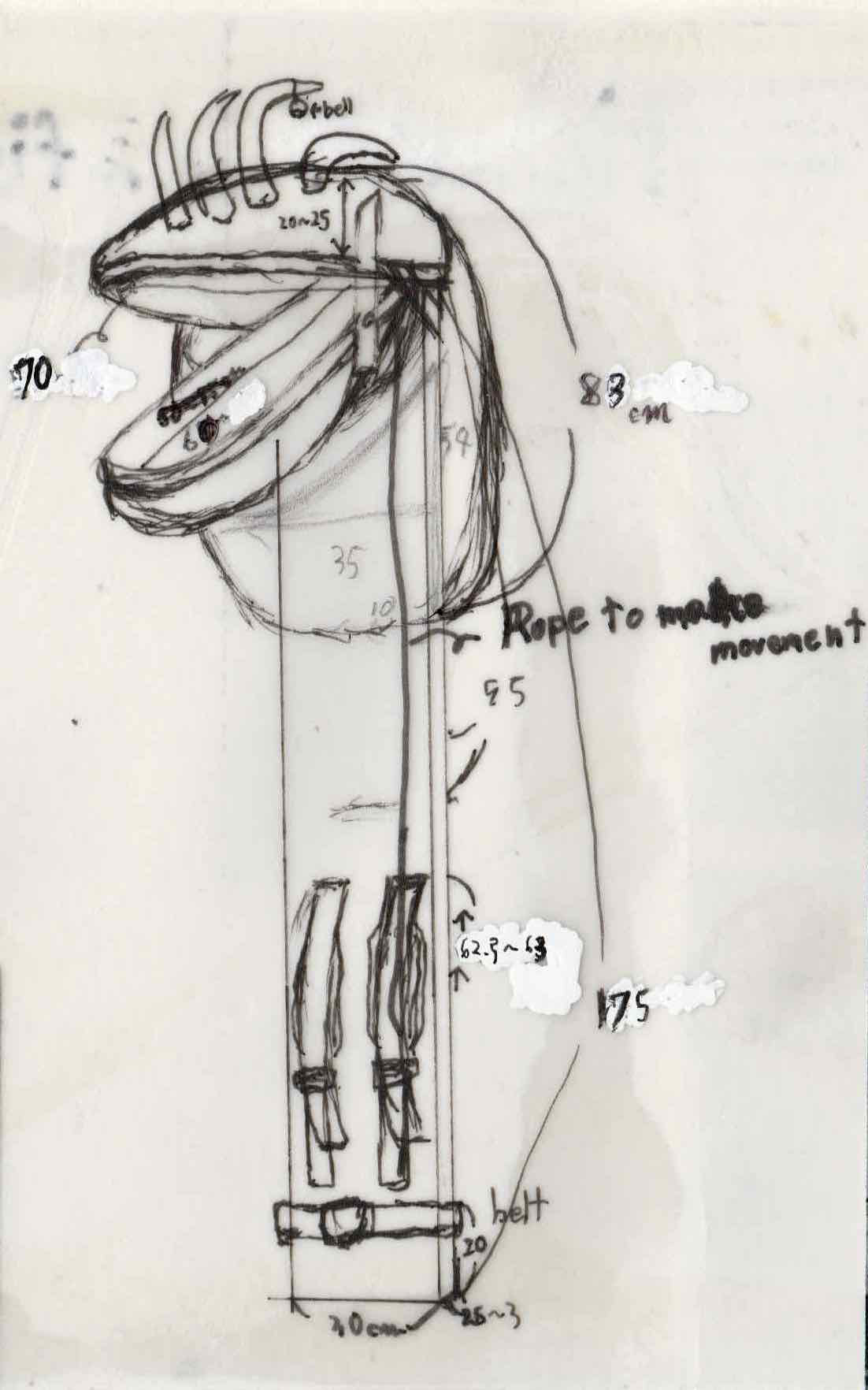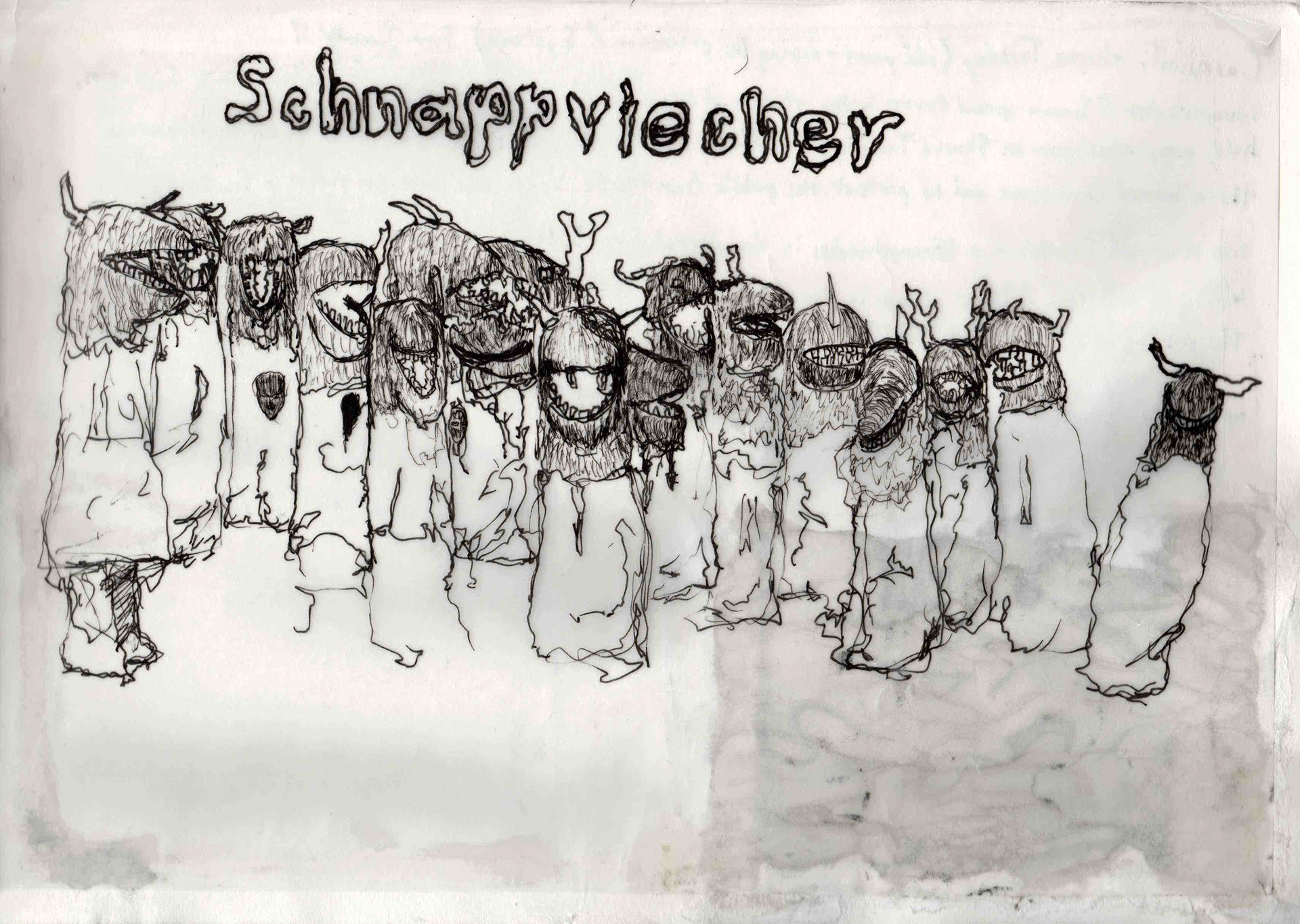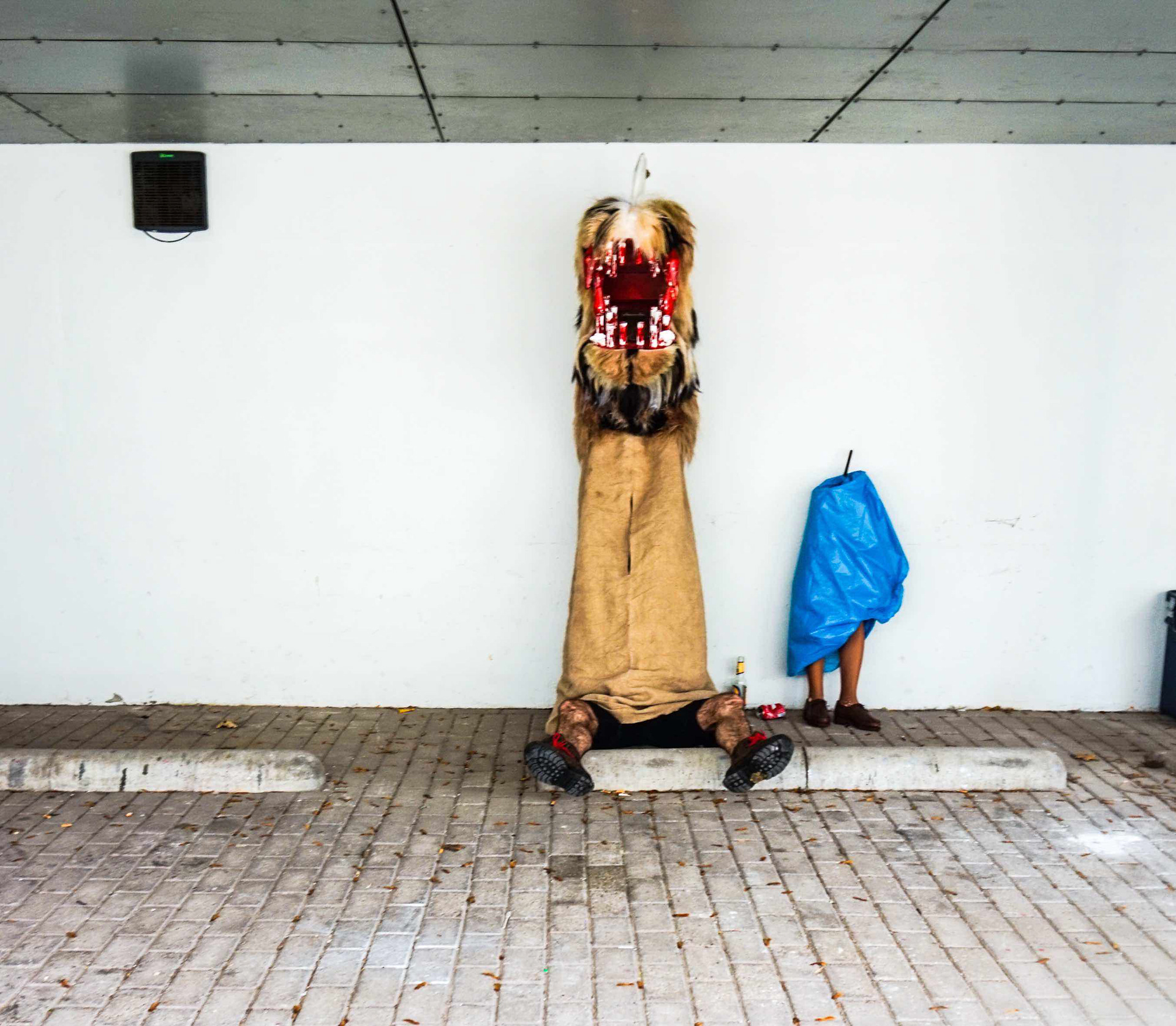Schnappviecher came from Tramin in the Tyrol, a northern, German-speaking area of Italy.
A figure of more than three meters with a crocodile-like head covered with fur and horns but no ears. The lower jaw, which is equipped with wooden teeth, is movable and snaps open with loud rattling. The head strongly resembles a dragon. During the festival, a whole group is represented.
A Schnappvieh is followed by a butcher who slaps it at the well after every proclamation. From this, one could again infer that this is also a spring consumption: The butcher represents the spring, which kills the evil winter (Schnappvieh). Where the model for this so remarkable figure has been taken remains puzzling. The pronounced dragon head of the “Schnappvieh” suggests that this is a depiction of the supernatural being, as occurs both in the world of religious thought and in myths and myths of many peoples.
It also has a strong connection with other pagan customs, for example, the Habergeiß. This alpine saga tradition is a devil’s bird, a bird of death which imagined as a glowing dragon.


























